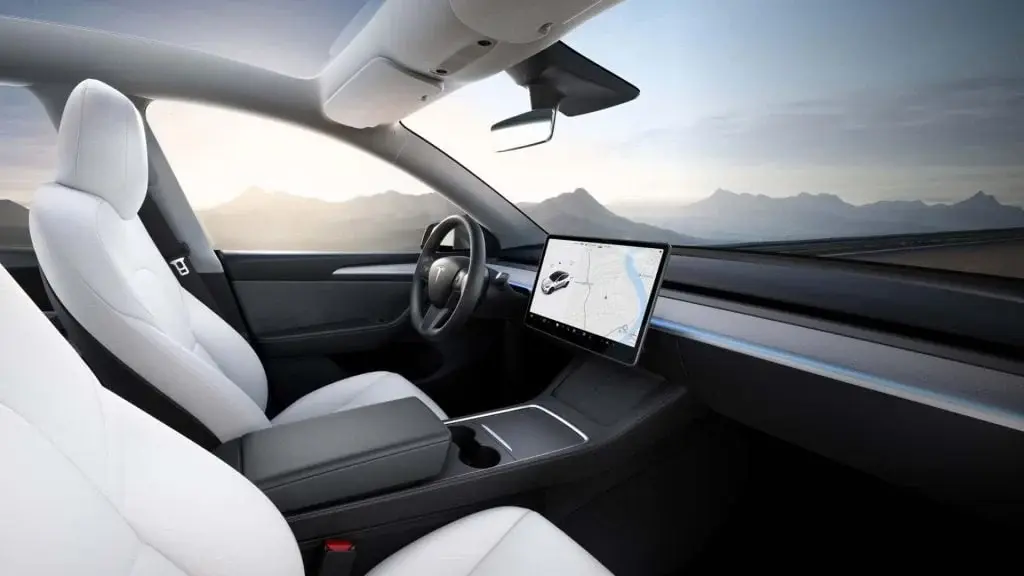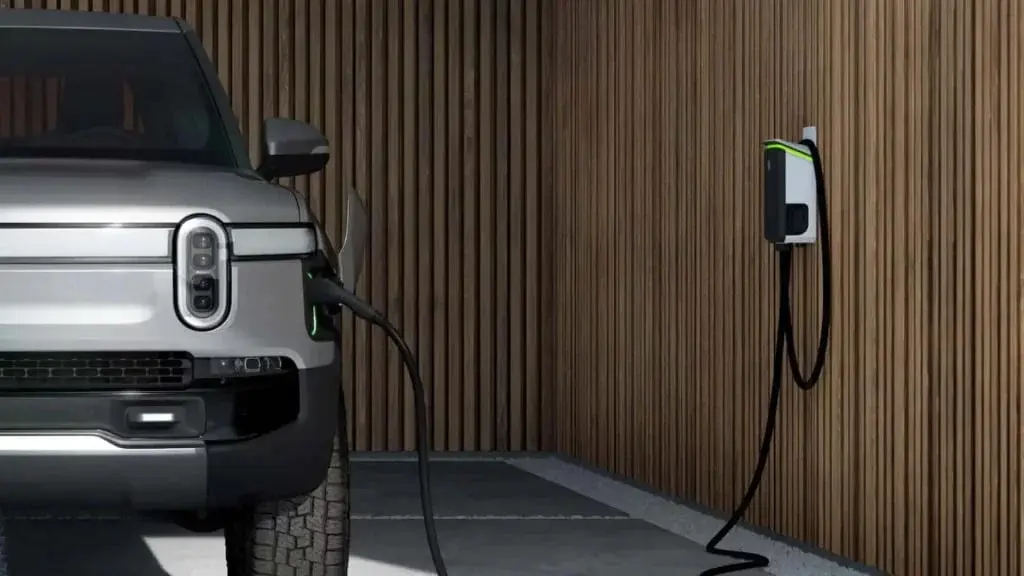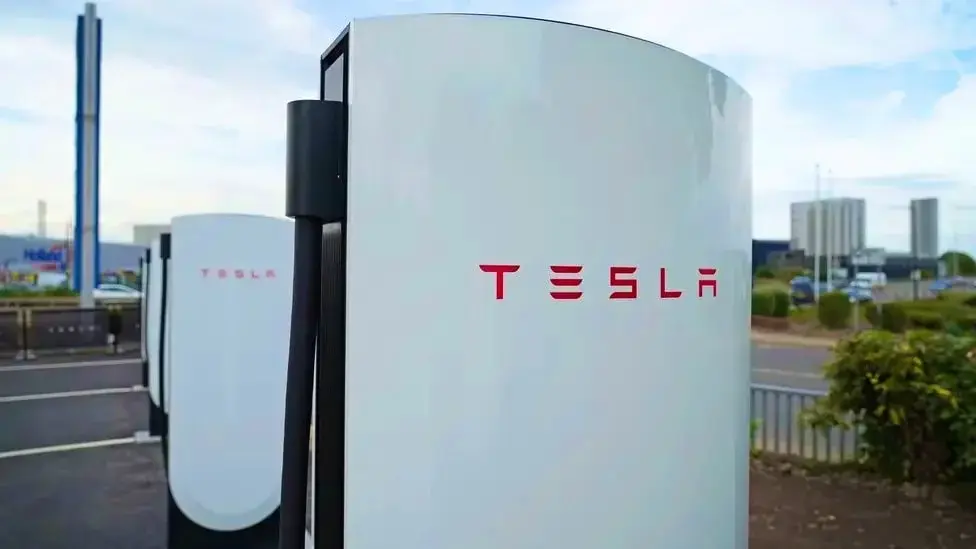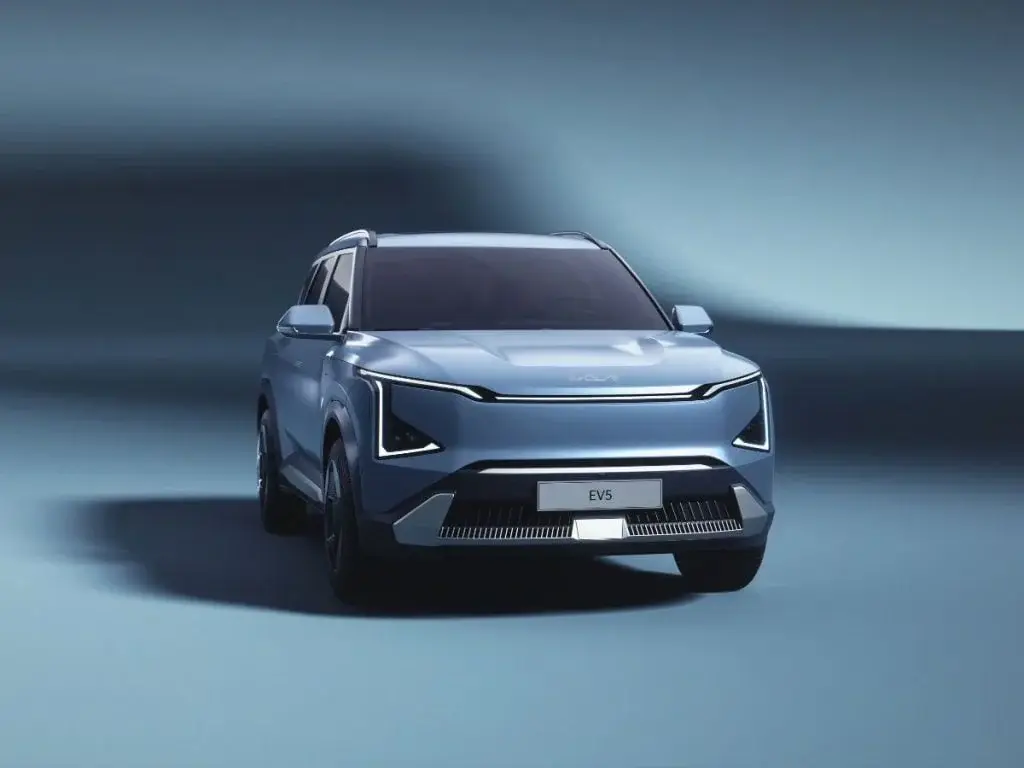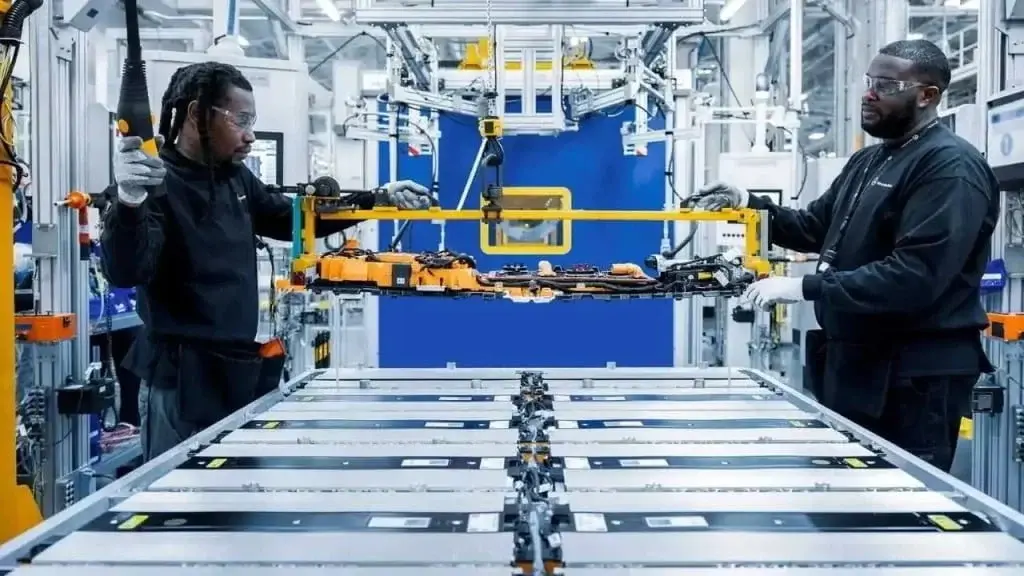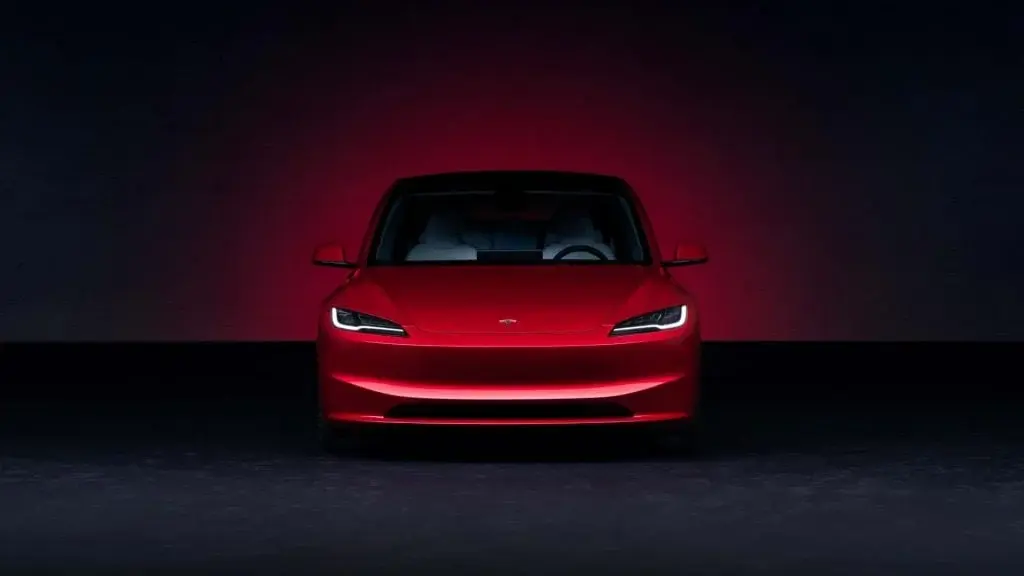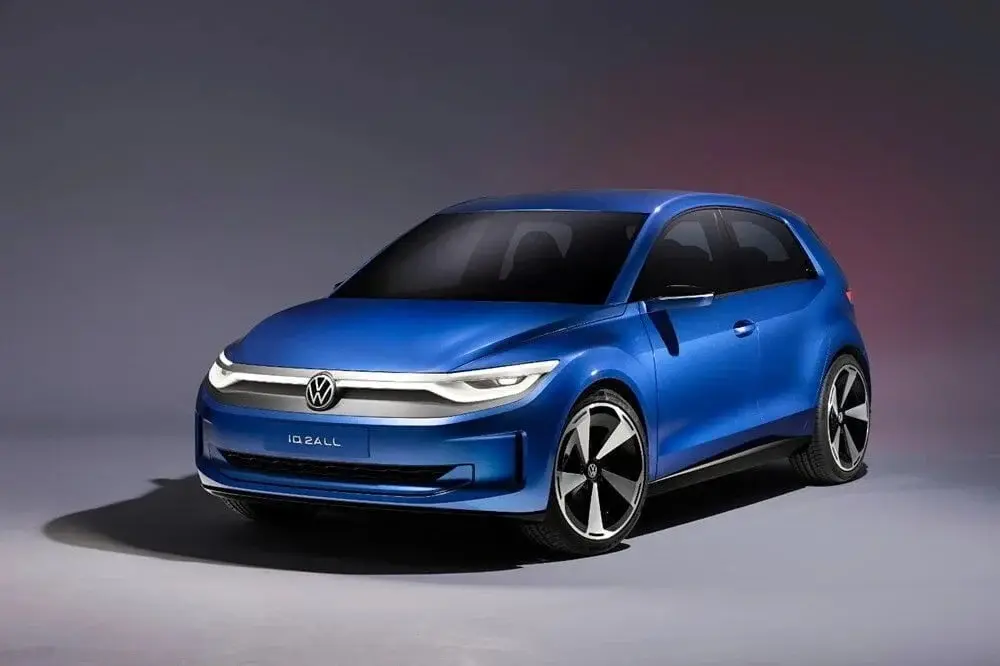Tesla Introduces “Congestion Fee” Application to Address Charging Station Delays
Tesla is taking steps to tackle the issue of congestion at its charging stations with the introduction of a new “Congestion Fee” application. As the popularity of electric cars continues to rise, certain locations may experience increased congestion, leading to frustrating wait times for users. Tesla’s new application aims to alleviate this problem.
Addressing the Frustration of Charging Station Congestion
Waiting in line to refuel a car with gasoline can be frustrating, even if it’s just for a short period of time. However, the frustration increases exponentially when it comes to charging electric cars, as a wait of a few minutes can turn into hours. Tesla recognizes this issue and is working towards a solution with its “Congestion Fee” application.
How the “Congestion Fee” Application Works
Under the new system, if a Tesla user finds themselves at a Supercharger station that Tesla designates as congested during specific times, and their vehicle has reached a certain charge level, the company will impose a high fee if the user chooses to continue charging. Users will have a five-minute grace period from the time they receive the warning to leave the charging station. Failure to do so will result in the user accepting the fee.
Encouraging Users to Let Go of Charging Obsession
Tesla’s intention behind the “Congestion Fee” application is not to generate revenue, but rather to encourage users to let go of the obsession of reaching a full 100% charge. By doing so, the company aims to prevent unnecessary waiting times and delays for other users in line.
Implementation in the United States and Pricing Details
For now, Tesla is implementing the “Congestion Fee” application only in the United States. The current tariff is set at $1 per minute when the charge level exceeds 90%. Tesla justifies this decision by stating that they do not want customers without urgency to occupy the charging stations, drawing a parallel to how customers never leave their vehicles at the pump in a gas station.
Future Expansion and Pressure on the Charging Network
This introduction of the “Congestion Fee” application follows Tesla’s recent decision to open its Superchargers to other electric vehicle brands. By 2024, Tesla plans to share its charging stations with notable brands such as BMW, Ford, General Motors, Honda, Hyundai, Nissan, Toyota, and Volvo. This move is expected to increase the pressure on the charging network, making it even more crucial to address congestion issues.
Tesla’s new “Congestion Fee” application is a step towards ensuring a smoother and more efficient charging experience for electric vehicle users. By incentivizing users to disconnect their vehicles once they have reached a sufficient charge level, Tesla aims to reduce wait times and improve the overall charging network for everyone.

